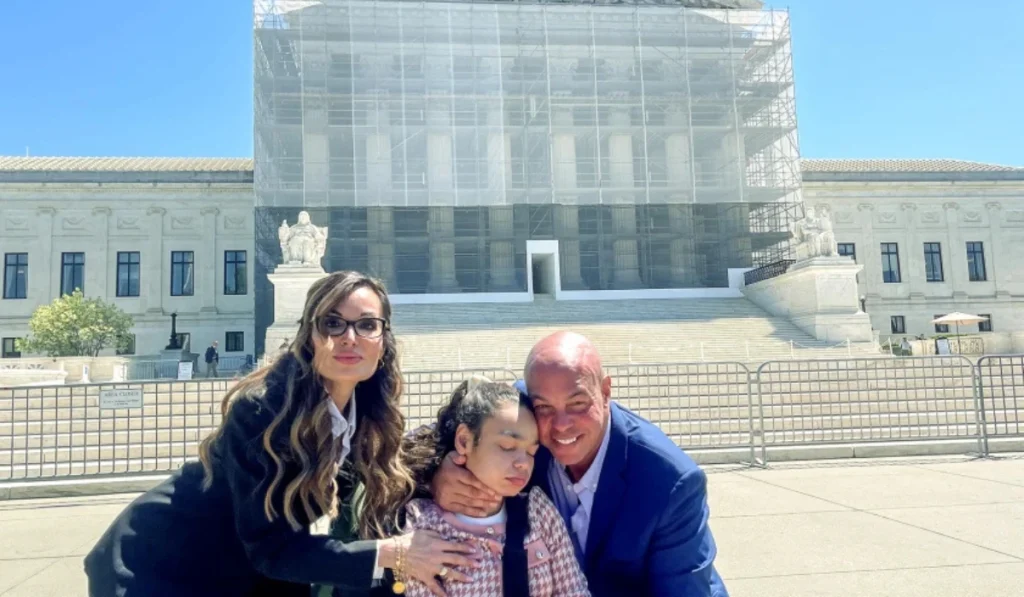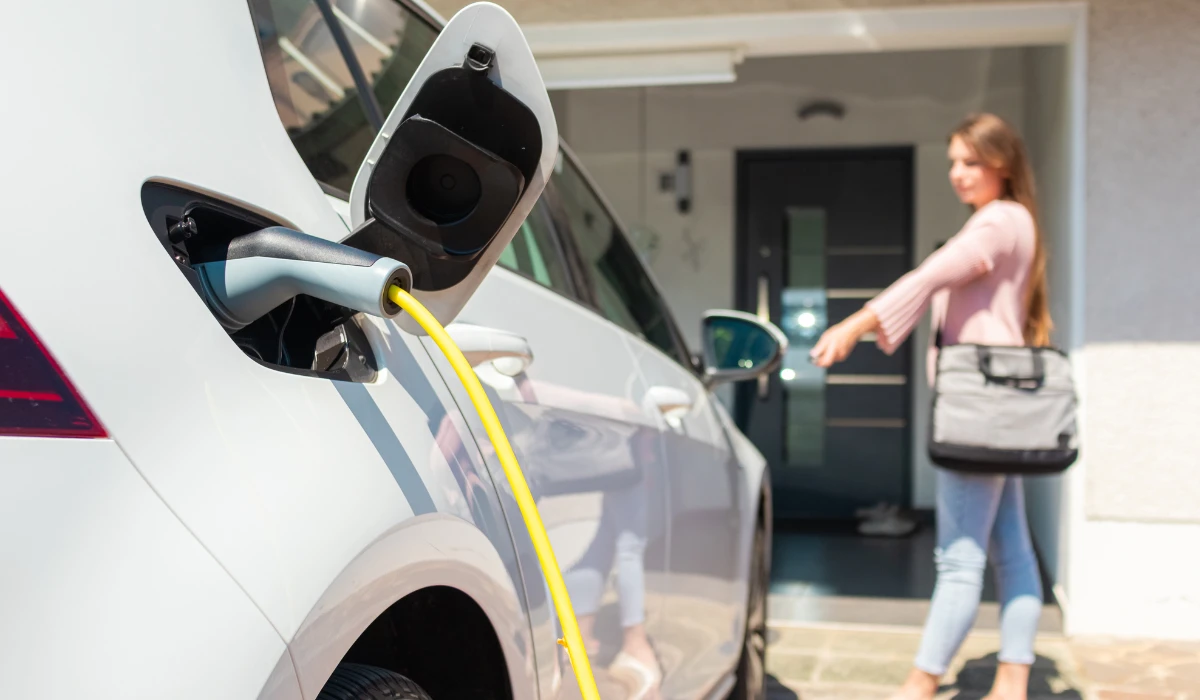Imagine being 9 years old, sleeping in a car one week, a shelter the next, and then bouncing between motels, all while trying to finish your math homework and make it to school on time. For over 1.4 million children in America, this is not fiction. It’s daily life. And now, the stability they’ve depended on, the McKinney-Vento Homeless Assistance Act, is on the chopping block.
Buried inside President Donald Trump’s 2026 proposed education budget is a dramatic rollback of federal spending, including the possible dismantling or deep defunding of McKinney-Vento protections. This 1987 law is the nation’s only federal education program specifically for students experiencing homelessness. It guarantees them the right to stay in their original schools despite housing instability and provides funds for services like transportation, school supplies, and dedicated liaisons in every district.
Barbara Duffield, executive director of SchoolHouse Connection, issued a grave warning: “If [these protections] don’t exist anymore, then that means we revert back to 30 years ago.” Before McKinney-Vento, schools could and often did, turn homeless students away. Some districts required proof of address, even when families had none. Others refused to enroll students unless immunization records were complete, something impossible for a mother juggling jobs while couch-surfing with three kids.
But McKinney-Vento changed that. It mandated enrollment regardless of documentation. It made transportation to a child’s school of origin a requirement. It funded liaisons who ensure families are supported, and students are not penalized for circumstances beyond their control.
That process, built over decades, now hangs in the balance.
The Trump administration claims the proposed 15% cut to the U.S. Department of Education’s budget is meant to “streamline bureaucracy” and “empower states.” Education Secretary Linda McMahon argued during a May 2025 hearing that the goal is to eliminate duplicative programs and “give states the flexibility to serve students according to local needs.”
In New York City alone, over 104,000 students experienced homelessness at some point during the 2022-2023 school year, according to Advocates for Children of New York. And nationwide, the number of homeless students rose by 7% between 2019 and 2022, per National Center for Homeless Education.
For students like Kayla, a 16-year-old in Buffalo whose mother lost her job and apartment during COVID-19, the McKinney-Vento program has meant everything.
“I didn’t have to leave my high school,” she told local outlet WKBW News. “They gave me a [transportation] Card, helped me get clothes, and just checked on me. Without that, I don’t know if I would’ve kept going.”
According to the Institute for Children, Poverty and Homelessness, homeless students with consistent school access are twice as likely to finish high school as those who bounce between schools and districts. If the Trump budget proposal is adopted without restoration of these funds, districts will be left scrambling.
The proposed cuts are currently under review by Congress, with bipartisan pushback. Senate Education Committee Chair Patty Murray (D-WA) condemned the move, stating: “This is an assault on our most vulnerable students. No child should be punished for not having a permanent home.”





